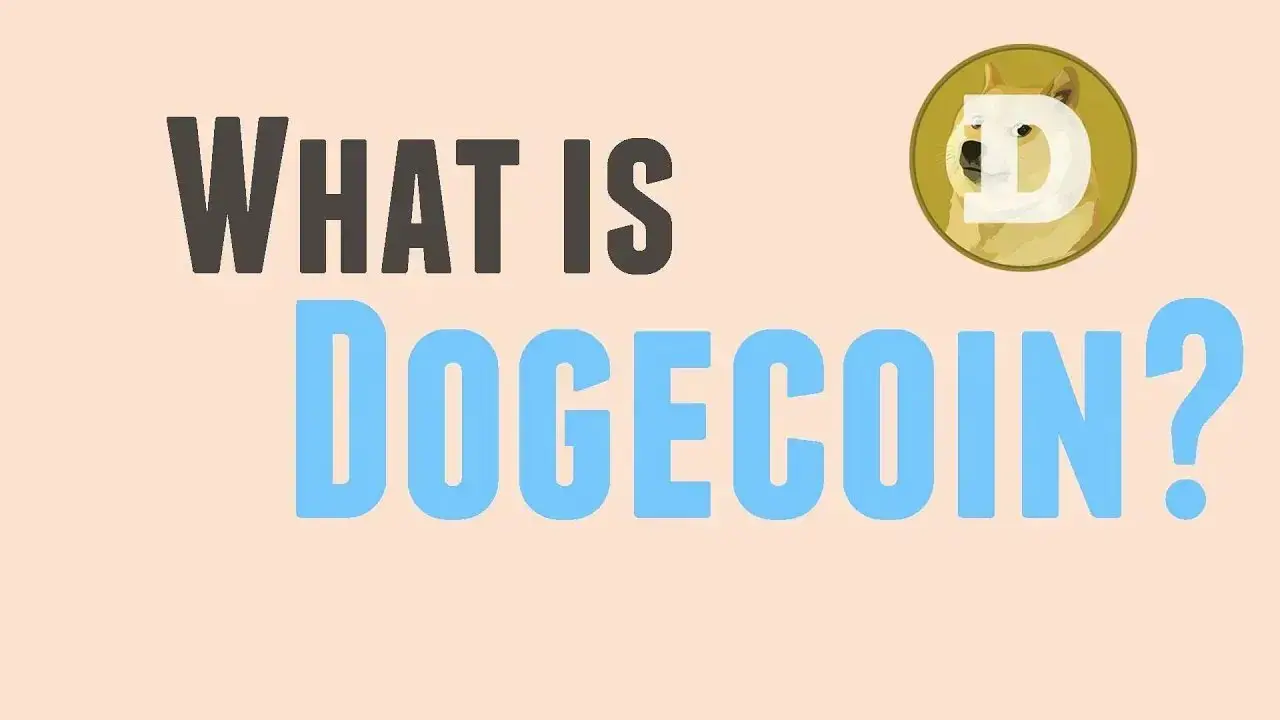The value consensus mechanism, future trends, and investment logic of meme coins
Original Author: BillyWen, Partner at Negentropy Capital
Editor’s Note: Initially, BillyWen came into contact with meme coins in 2015 and sold Dogecoin due to his bias against meme coins. Later, the meme FOMO brought by PEPE made him realize that the fair launch mechanism of memes is the ultimate goal pursued in various fields. During the meme presale frenzy, BillyWen donated 6000 SOL to SLERF and currently still holds 5 million SLERF, making him one of the largest donors to this project.

The first time I bought meme coins in 2015 was because an internet company was holding a year-end meeting, and HR suggested using virtual currency as one of the prizes for the employee lottery. I found a seller on the Babit forum who provided a link that redirected to a Taobao store, where I purchased 1500 yuan worth of Dogecoin as a lottery prize (which would be worth over 20 million yuan at ATH prices).
At that time, most people did not have crypto wallets and could only print their private keys on a small piece of paper, which was then placed in the lottery box for everyone to draw. Looking back now, it seems quite funny.

During the bull market in 2021, Elon Musk started promoting Dogecoin, causing its price to skyrocket by a thousand times. It was painful because I didn’t hold onto the Dogecoin I bought early on, and I couldn’t understand why so many people were asking me how to buy Dogecoin. The logic at that time was still stuck in the so-called new web3 world, where crypto had to solve certain problems to have value and reason for existence. I advised those friends who asked not to buy such worthless meme coins. My bias against meme coins led me to overlook the most important point: consensus is value, and existence is reasonable!

When April 2023 arrived, the frog meme coin $PEPE broke through 1 billion dollars in a short time and was quickly listed on major exchanges, once again igniting a huge wave of meme coin FOMO.
During internal meetings at the fund to review and discuss the intrinsic investment value and trading model of memes, we gradually realized that this is a brand new consensus mechanism, which is FAIR PLAY! Fair competition! This is also the ultimate goal pursued by humanity in various fields! This value consensus mechanism, combined with blockchain technology, has formed a brand new financial product, namely crypto Native meme coins.

Why is FAIR PLAY considered the core of the meme coin value consensus mechanism? It starts with the pricing, valuation, and trading aspects of cryptocurrencies. Since Satoshi Nakamoto created Bitcoin, the fixed supply of 21 million bitcoins has become the cornerstone of cryptocurrency pricing. Blockchain technology has realized the non-inflationary characteristic of Bitcoin, thus forming a unique mechanism where cryptocurrencies cannot inflate and creating scarcity.
In contrast, fiat currencies have been continuously inflated. Therefore, the non-inflationary nature of cryptocurrencies naturally provides a theoretical basis for the continuous rise in their corresponding fiat currency prices.
Although cryptocurrencies have solved the problem of fixed supply through blockchain technology, they are still not in a fair competition model and are even filled with a large number of frauds and scams. When Ethereum's smart contracts enabled the ability to issue tokens at a very low cost quickly, the ICO model became popular. The token issuance dominated by smart contracts essentially pre-mined the project’s assets all at once, which is known as Fully Diluted Valuation.
Pre-mining these tokens means that all of the project’s assets have been manufactured in advance. The project party uses the token economic model to allocate tokens to various stakeholders and formulate unlocking release rules, such as portions reserved for VC investment institutions, portions for ecological funds, portions for the team, etc.
Correspondingly, the crypto secondary market has accumulated a large number of low liquidity, high market cap crypto projects. Retail investors in the secondary market purchase these continuously diluted inflationary assets (although the total token supply is fixed, the circulating token quantity is continuously inflating). As the circulating coins in the market increase, the tokens in the hands of secondary market investors become less valuable, which is why many retail investors complain about constantly being cut down like leeks.
Meme coins emerged at the right time, without complex token economic models, without the backing of VC investments, without actual usable product business processes, and even the founders of the projects are anonymous with no public identity information. But they have one point that is most attractive to the younger generation of crypto investors or speculators: the token distribution is transparent and fully circulating.
At this point, most people may not realize that meme coins have traversed several bull and bear cycles to gain recognition and popularity in the crypto market and among investors. Their essence is the upgrade of the human consensus mechanism on the value of crypto assets to stage 2.0, which is an upgrade from the earliest stage 1.0 where crypto assets (trading targets) could not be arbitrarily inflated, to stage 2.0 where crypto assets (trading targets) cannot be arbitrarily diluted. This is also an inevitable trend in the development of the cryptocurrency industry based on the FAIR PLAY consensus mechanism.
The value model of meme coins is a new type of virtual asset that most traditional investors or crypto industry VC investors cannot understand, cannot comprehend, and even dislike or hate. This asset's pricing model has no support from any product, user, or business data, nor does it have a calculable asset price evaluation formula. The only thing it has is community consensus and collective trading sentiment.

Through continuous participation in meme project investments and trading, I have gradually formed some understanding and judgment about this track. The analysis of the future development trends of meme coins mainly has three aspects:
1. The market capitalization of the meme sector is expected to grow rapidly in the coming years. Currently, the overall market capitalization of the meme coin sector led by $Doge, $Shib, $Floki, and $Pepe is less than 70 billion. It is expected to grow to 400-500 billion dollars in the next 2-3 years, increasing its share in the entire cryptocurrency market to over 10%. There will be single coins with a market cap exceeding 100 billion dollars, and more than 20 unicorn meme projects with a market cap exceeding 10 billion dollars.

2. There will be a clear generational stratification in the meme sector. As blockchain public chain technology continues to evolve and develop, meme coins are also upgrading and evolving along with blockchain technology.
The early Dogecoin was forked from Bitcoin's code, representing the first generation of meme coins originating from Bitcoin's mainnet technology. The second generation of meme coins, starting with $Shib, issued tokens using Ethereum's smart contracts to enter the secondary circulation market. This year, the very popular $BOME, $Slerf, and other third-generation meme coins emerged on Solana and benefited from users adopting on-chain DEX trading, making meme coins mainstream.
The blockchain public chain technologies adopted by these three generations of meme coins also have significant generational differences. For example, Bitcoin is the earliest blockchain technology, which does not support smart contracts and only allows simple peer-to-peer transfers. Therefore, Dogecoin's trading is mainly concentrated on major centralized exchanges (CEX). In contrast, the second and third generations of meme coins use smart contracts to issue tokens, fully supporting on-chain trading, opening a new world for memes. Meme coins achieve AMM liquidity on DEX, rapidly attracting a large number of users to trade in the secondary market.

3. The fair launch model will become the mainstream trend for meme coins. To gain recognition from the community and the market, it is necessary to adopt the Fair Launch model. The traditional IXO model will not receive support from community users and the secondary market.
The presale model that became popular with $BOME is a typical example of a fair launch, where 50% of the tokens are airdropped to users participating in the presale, and the remaining 50% is added to DEX liquidity pools with LP burned and publicly disclosed. This simple, even primitive, fair launch model has received widespread support, and many subsequent meme projects have successfully launched using this method.
Recently, some meme coin project parties have directly rug-pulled the funds raised during the presale stage or only took a small portion of the funds to add to the liquidity pool, making it difficult for this simple fair launch model to continue. The key is that there is no automated mechanism; relying on people is unreliable.
As a result, a one-stop automated token issuance and liquidity addition project called pump.fun has recently appeared in the market, based on smart contracts. Meme project developers can issue tokens and add DEX liquidity in just a minute. The entry barrier for traders is also very low, making it more suitable for early speculative trading of low market cap meme projects. It is expected that one-stop launchpads for automated token issuance and liquidity addition will become the infrastructure of the meme coin sector.

Regarding the investment logic of meme coins, I generally analyze from three perspectives: the cultural influence of memes, the scale and cohesion of the community, and the unique storytelling. However, these do not represent any investment advice.
1. Memes themselves are products of internet meme culture output. Of course, there are also meme coin projects like $People and $Trump that are not meme-based, but they all represent widely influential outputs of internet pop culture. Most memes feature unique and distinctive animal images, such as Dogecoin's Japanese Shiba Inu, which has garnered hundreds of millions of fans worldwide, and the image of $PEPE, which comes from the frog in the comic "Boy's Club," whose memes are highly recognizable and popular on the internet.
When the cultural influence of a meme projects onto a trading target, it creates a huge value consensus, leading to the rapid rise of the project's token market cap to unimaginable heights.
2. The scale and cohesion of the meme community are also very crucial. When the community scale reaches a certain level, the cohesion generated spontaneously by community members, including creating secondary content or peripheral products for the meme, expands influence on various social media platforms, allowing more people to understand the meme's image and unique cultural connotation.
Of course, the most effective way is to attract more people to buy and hold the project's meme tokens. By observing the density and quality of information exchanged among community members, one can grasp the overall cohesion of the community and the token holding situation.
3. The unique storytelling of memes brings strong value consensus. For example, the founder of Dogecoin once sold all his Dogecoin to buy a used Honda car, Vitalik Buterin donated $Shib tokens worth a billion dollars airdropped to him by the Shiba Inu project team to Indian disaster victims, and Elon Musk once claimed that Dogecoin would be used as the universal currency for Mars colonization in the future. Recently, the Slerf project mistakenly sent presale airdrop tokens into a black hole for destruction, and they plan to issue NFTs for sale to repay previous presale investors.
These are unique and interesting crypto stories that are conducive to rapidly spreading their cultural influence on social networks, thus forming a value consensus for meme tokens and driving price increases.
Finally, I realized one thing: BTC is the most powerful meme and the meme coin that best represents crypto Native culture!!!












